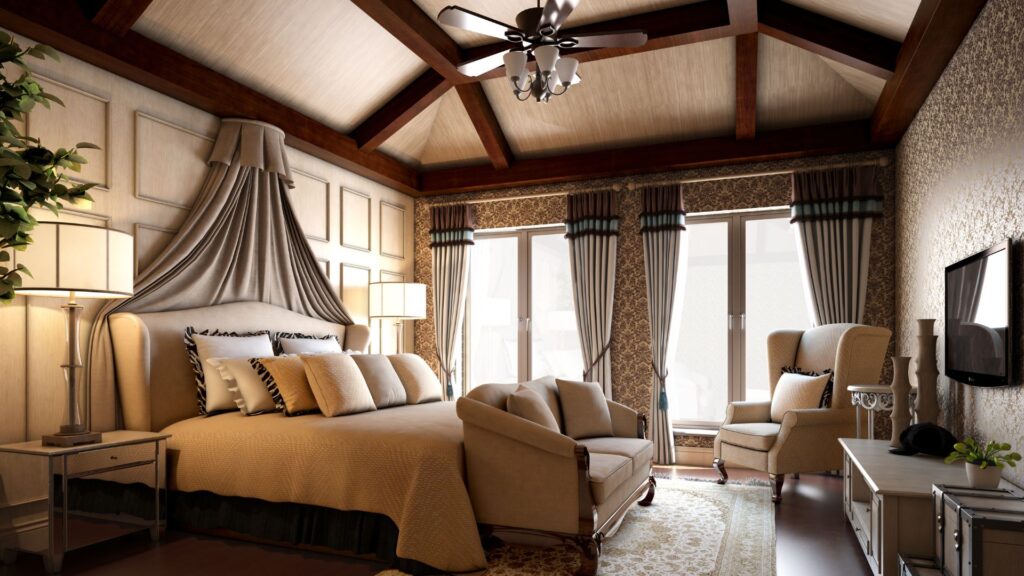
Interior Designing is an Attitude
Your home is the safe haven where you not only reside but also feel a sense of comfort and belonging. It is the place where you feel the most like yourself. It is also the place of many emotions and memories. Just like any other thing, your homes also require to be maintained and taken care of. Improving the interior of your home is more involved than just grabbing a few ideas from a magazine and slapping them together. Working to improve the interior of your home reveals a lot about who you are as a person.
You could be residing in a bustling UAE neighborhood, either in a six-bedroom villa or a condo. You may have considered giving the interior of your home a facelift or making certain other improvements to make it more aesthetically pleasing. But you might be at a loss for where to begin.
It’s common for people to become overwhelmed by the sheer number of potential options when it comes to planning an interior design project for their home. It’s crucial that you feel at ease in your home’s design before you even begin sketching it out. However, you no longer need to be concerned. Sirwiss collaborates with interior design industry experts, and we consulted with them to develop this comprehensive guide to help you out.
What Is Interior Design?
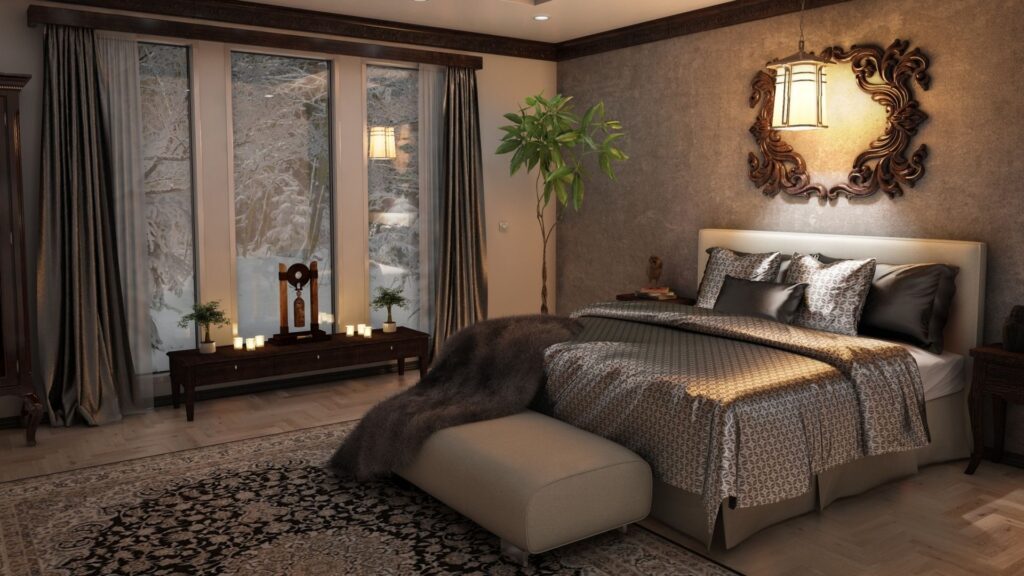
The University of Northwestern defines interior design as the practice of applying creative and technical solutions to the problem of achieving a built environment’s desired interior environment. The primary objective of interior design is to orchestrate the built environment in such a way as to enhance the residents’ standard of living in addition to the local culture. So, to put it another way, interior design is all about creating beautiful spaces that are sensitive to the values, preferences, and aesthetic tastes of the people who live there. The discipline of interior design spans a wide range of disciplines, including sociology, anthropology, architecture, and neuropsychology, among others, making it a multifaceted and expansive field.
Interior Design vs Interior Decorating
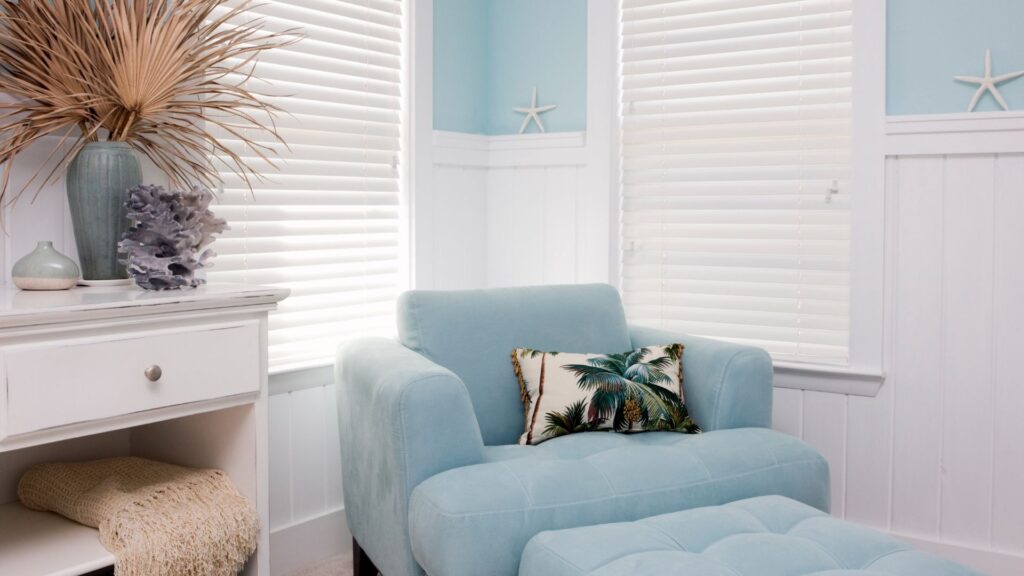
The terms “interior design” and “interior decorating” are often used interchangeably but refer to two distinct fields of study. These days, a room’s shape, light, form, color, and perspective are more important than its furniture or decorative accessories when it comes to interior design. Although interior decorating does not necessitate a college education, interior design does. Interior decorating is concerned with such things as carpeting, wall color, furniture placement, artwork, etc., while interior design is concerned with the overall layout of a room. The difference between interior design and interior decorating can be thought of as the difference between a blank sheet of paper and a painter’s palette.
Incorporating Seven Essential Components into Interior Design
The practice of interior design is governed by a set of unwritten rules and principles that are derived from the interplay of a few essential components. The majority of books highlight seven fundamentals of good interior design. Every design strategy relies on these components as its foundation.
1: Understand the Space and Prerequisites
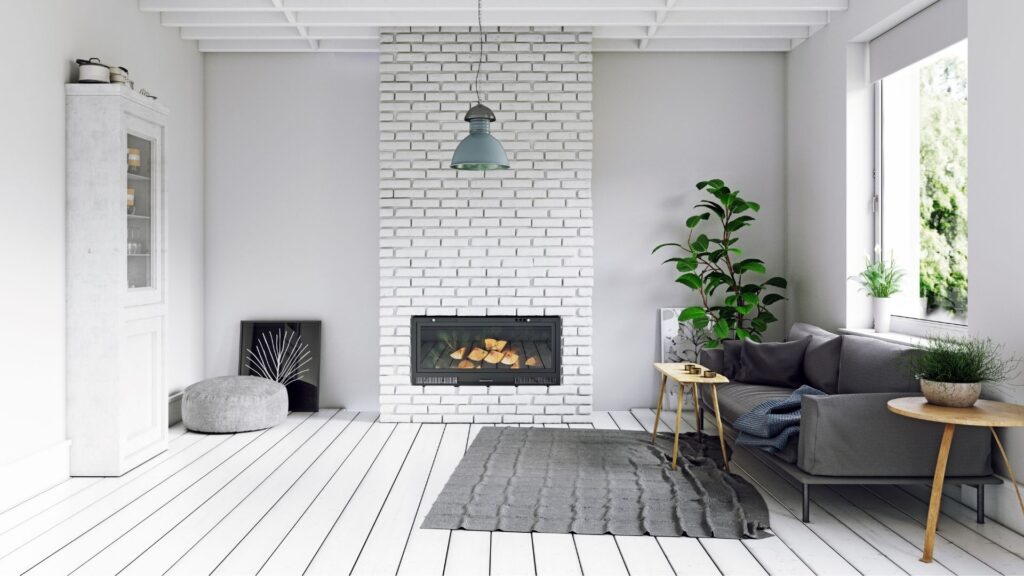
Space is one of those things that we are all familiar with but have difficulty defining. Space can be understood as the three dimensions in which we exist (length, width, and height), or it can be broken down into its positive and negative components.
Positive space refers to the portions that contain objects, whereas negative space refers to the portions that do not. If you look around your apartment or house, you can likely immediately identify a few positive and negative space design elements.
A good interior design relies on balancing these two dimensions of three-dimensional space. When there is too much empty space, things become cluttered. When there is an excess of empty space, things appear barren and sparse. Different styles lend themselves to various positive-negative space ratios. For instance, minimalist designs emphasize negative space over positive space.
2. Line
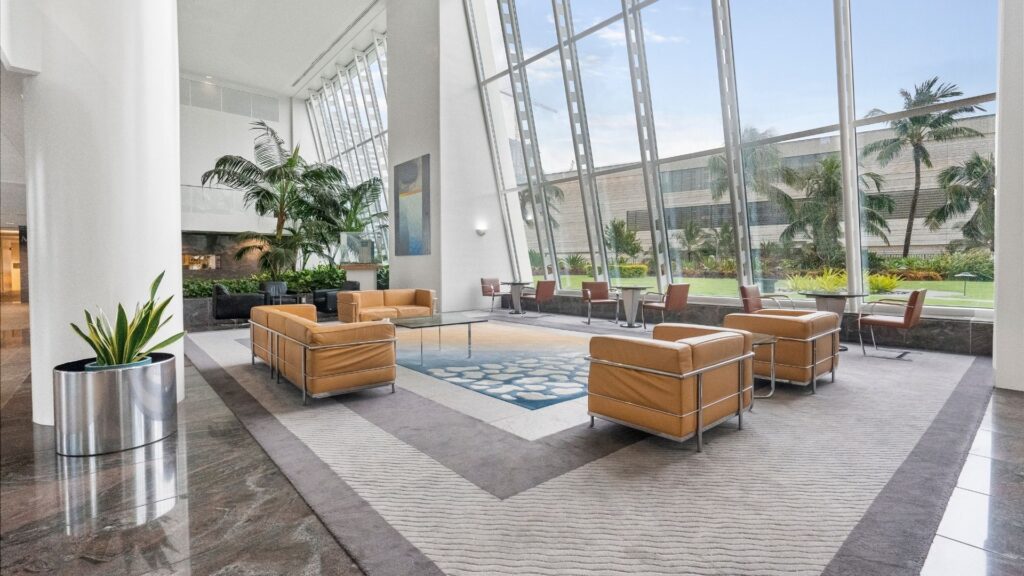
Lines are essential to interior design because they shape the space. In a design, furniture and structural elements can create various lines that guide the eye and direct focus. Consider how horizontal lines through objects such as tables and surfaces can make a room appear wider. In contrast, vertical lines created by tall furniture can make a space appear taller. Additionally, lines can be dynamic and curved. Stairs are a good example of the common use of dynamic lines in interior design. The serpentine shape of stairs gives a room a sense of momentum and motion. Line placement is essential to ensuring that the human eye is drawn to the intended design elements.
3. Form
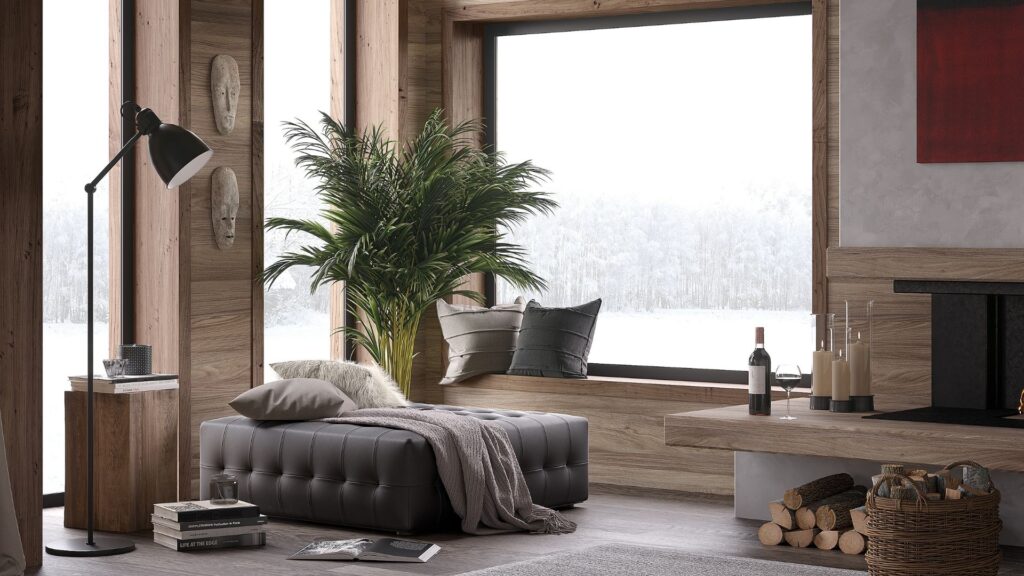
Form refers to the three-dimensional shape of all objects within the space. Humans appear to be innately attuned to certain types of shapes, and shapes can impart a certain aura to a space. For instance, did you know that humans are more likely to experience a positive emotional response to rounded, curved shapes and a negative emotional response to sharp, angular shapes?
Form can be categorized as either geometric or natural. Geometric forms consist of the elementary school-learned shapes such as squares, triangles, cubes, pyramids, and prisms. Typically, geometric forms have an artificial feel and conjure images of man-made objects. In contrast, natural forms are based on geometric shapes and patterns found in nature.
4. Light
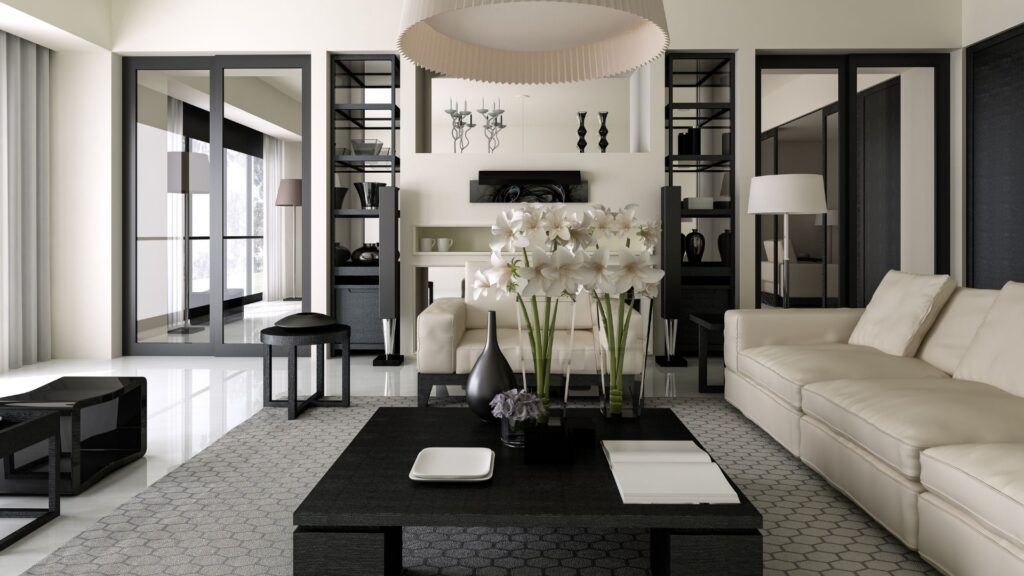
Every space requires adequate brightness. In general, light can be separated into three categories: task lighting, accent lighting, and mood lighting. Each lighting type serves a unique function. Task lighting serves a specific function, such as illuminating a space so that people can see. A well-designed office, for instance, must have sufficient lighting for employees to see. The purpose of accent lighting, on the other hand, is to draw attention to specific areas. The intention of mood lighting is to elicit a particular emotional response. There is also a distinction between artificial and natural light (example. lightbulbs, lamps, etc.). By strategically placing windows, doors, and mirrors, contemporary interior design emphasizes natural light.
5. Color
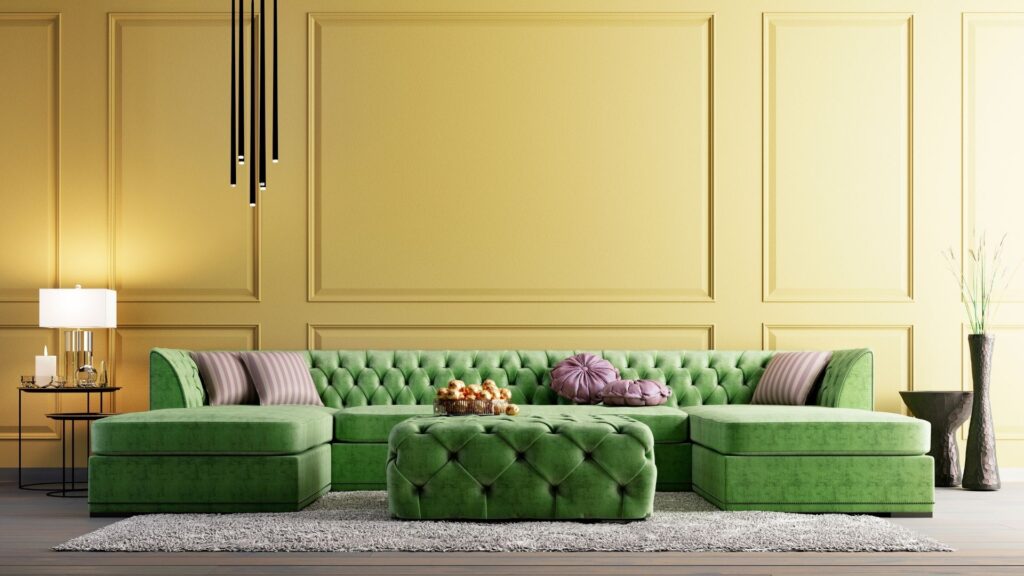
In fact, there is a specific field of study that focuses exclusively on how color influences the mood and behavior of individuals. There is validity to the concept of color psychology as a whole, and it is frequently applied to interior design. Color psychology refers to the study of colors in relation to human behavior. You may observe that certain colors are utilized more frequently in certain objects and rooms, for instance, green and blue are associated with calming feelings while reds and oranges are more energetic also red is often used in kitchens because it promotes appetite. This is likely due to a psychological association between a particular color and the object or room in question.
When it comes to interior design, colors are of paramount importance. Aesthetically, certain hues are preferable for use in a room’s design than others. As previously stated, however, colors can have a psychological effect on a person’s disposition due to their direct effect on the visual appeal of a space.
Similar to the difference between natural and artificial lighting, color can drastically alter the appearance of a space. Obviously, without light, there would be no color, which is why, when it comes to interior design, it is essential to pair them strategically to create a stylish and functional design.
6. Texture
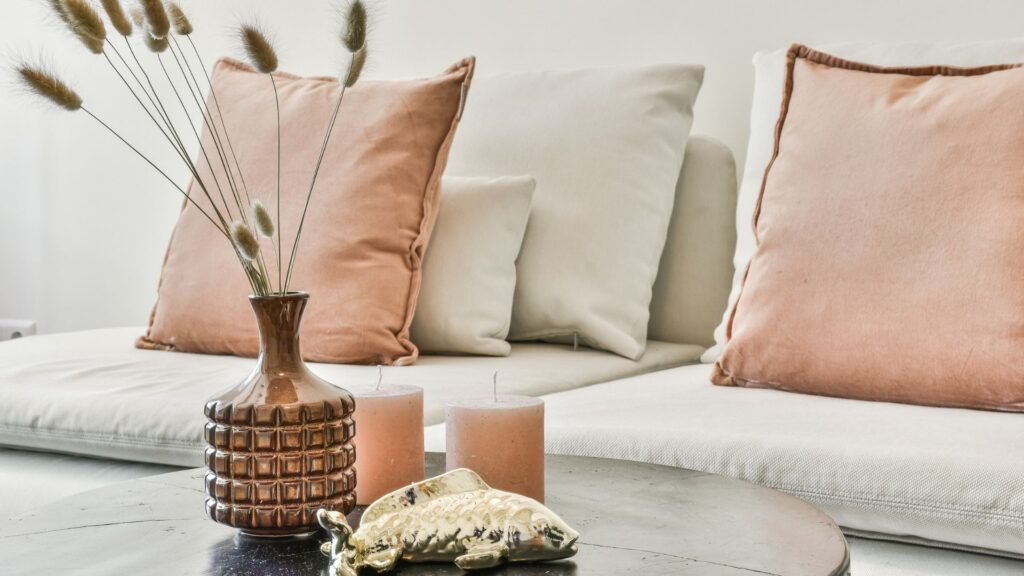
Texture is a key component in creating a well-balanced and visually appealing interior design scheme. The term “texture” describes the feel of something when you touch it. The surface of things adds dimension and life to a space, which is why texture is so essential. Think about the difference between solid, glossy, flat surfaces and textured rougher surfaces. Surface texture determines the visual appeal of an object and how it stands out from its surroundings. A room can appear lifeless and uninteresting if it lacks texture. A skilled interior designer is aware of the importance of texture in creating visual appeal.
7. Pattern
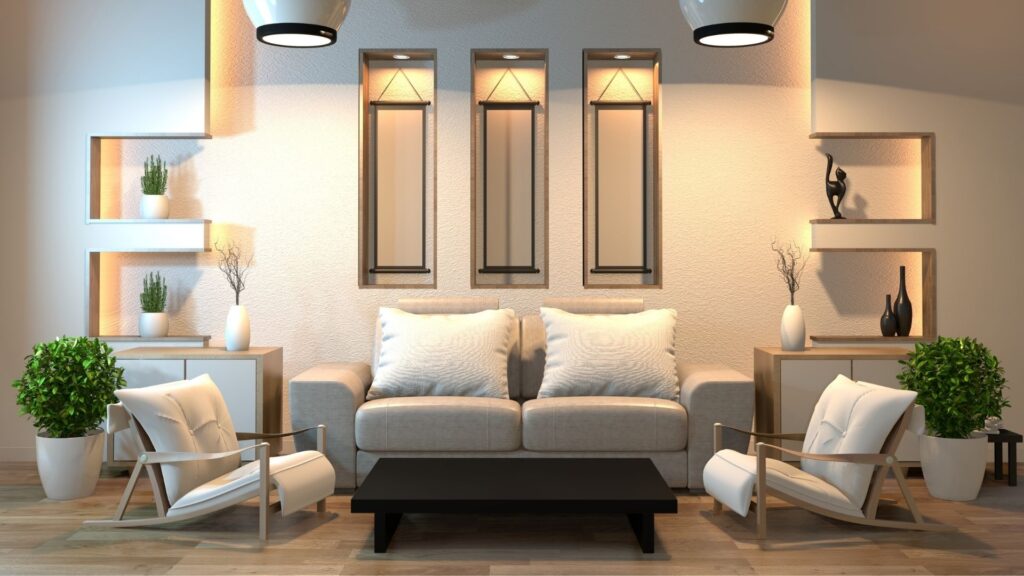
Texture and color are closely associated with pattern. Essentially, a pattern is a repeated design element, such as lines, shapes, colors, etc. Patterns can be used to draw the viewer’s attention and can incorporate various colors and lines. You can make a modern, clean-lined space appear more intriguing and mysterious without altering its tranquil nature. By incorporating a piece with a large pattern into an otherwise uncluttered interior, you can add contrast without obstructing or disrupting the ambiance. You can make a modern, clean-lined space appear more intriguing and mysterious without altering its tranquil nature. Different aesthetics lend themselves to various patterns. As a rule of thumb, a room should not contain more than three patterns so as not to overwhelm the eye.
Most Common Interior Design Styles
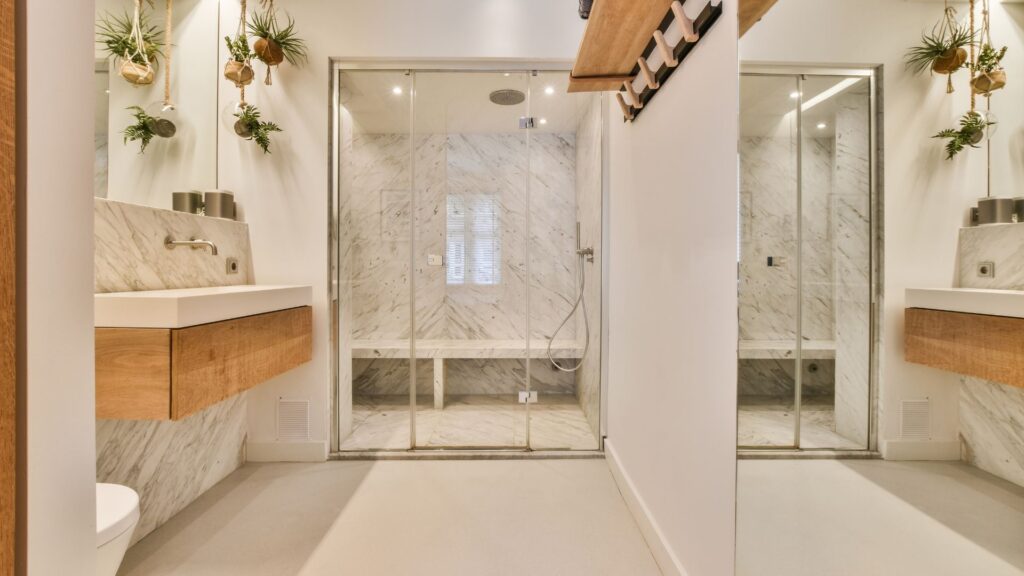
Knowing the differences between popular interior design styles can make all the difference when you’re planning to design your home. Interior design is a multifaceted process that relies heavily on the talents of individual designers. In recent years, however, there have emerged as popular templates a handful of key general styles. Listed below are a few of the most popular general design styles.
1. The Traditional Look
The origins of the classic English and French interior design styles can be found in the 18th and 19th centuries. Ornate wooden frames, silk and velvet upholstery, and high-end fabrics all contribute to the traditional aesthetic. The elegance and sophistication of the past are emphasized in traditional style architecture and interior design. Like the symphonies of furniture, it has become a staple in modern homes.
2. Modern Look
The 20th century saw the emergence of modernist styles, which stand in stark contrast to more conventional approaches. Traditional styles emphasize patterns, textures, and ornate furniture, whereas modernist styles emphasize clean lines, smooth surfaces, and a kind of “streamlined” look. The muted tones typical of classical design are also abandoned in favor of more vibrant, striking colors in modernist aesthetics.
3. Minimalist
The name “minimalist” refers to the practice of eliminating all but the bare necessities in favor of a focus on the essential qualities of a whole. Minimalism is a design aesthetic that follows the credo “less is more,” putting an emphasis on empty space, clean lines, and unadorned surfaces. The minimalist movement also places a premium on practical design.
4. Rustic Look
Southern and Southwestern Americans have a penchant for the earthy tones, simple color schemes, rustic finishes, and heavily textured surfaces that characterize the rustic style. Local traditions often serve as inspiration for rustic designs. For instance, Spanish textiles, organic forms, and basic metals like iron are commonplace in Southwest rustic styles. Rustic interiors often feature leather upholstery due to its durability and elegance.
5. Bohemian
The Bohemian aesthetic is characterized by its diversity and variety. Bohemian style is elusive because it blends so many dissimilar aesthetics in unusual combinations. Open floor plans are favored, and a willingness to blend cultural traditions is a defining feature. The walls and furniture are typically painted or decorated with vivid colors and have eye-catching accents. Materials like luxurious woods and sturdy metals are also frequently used in construction and decoration.